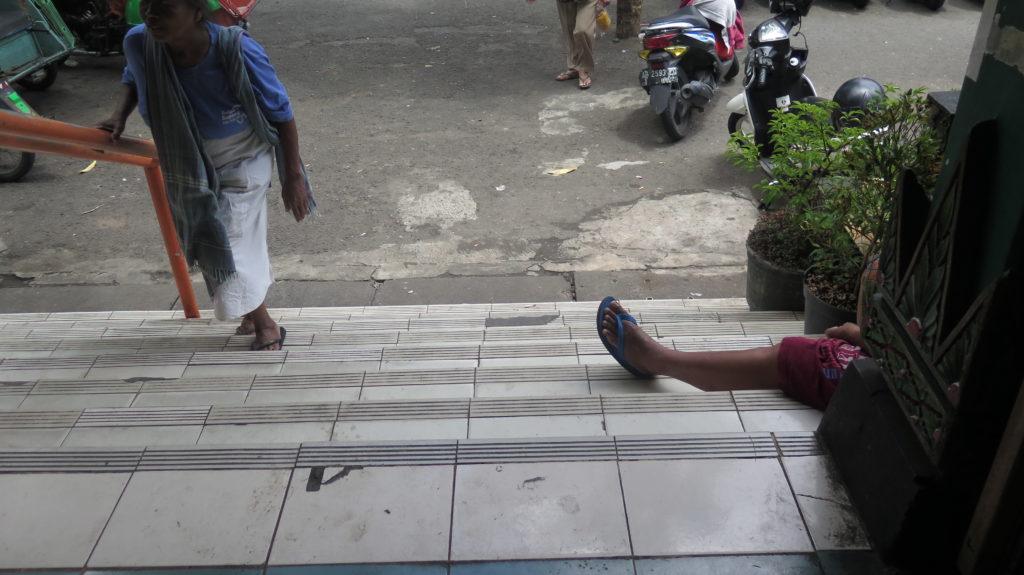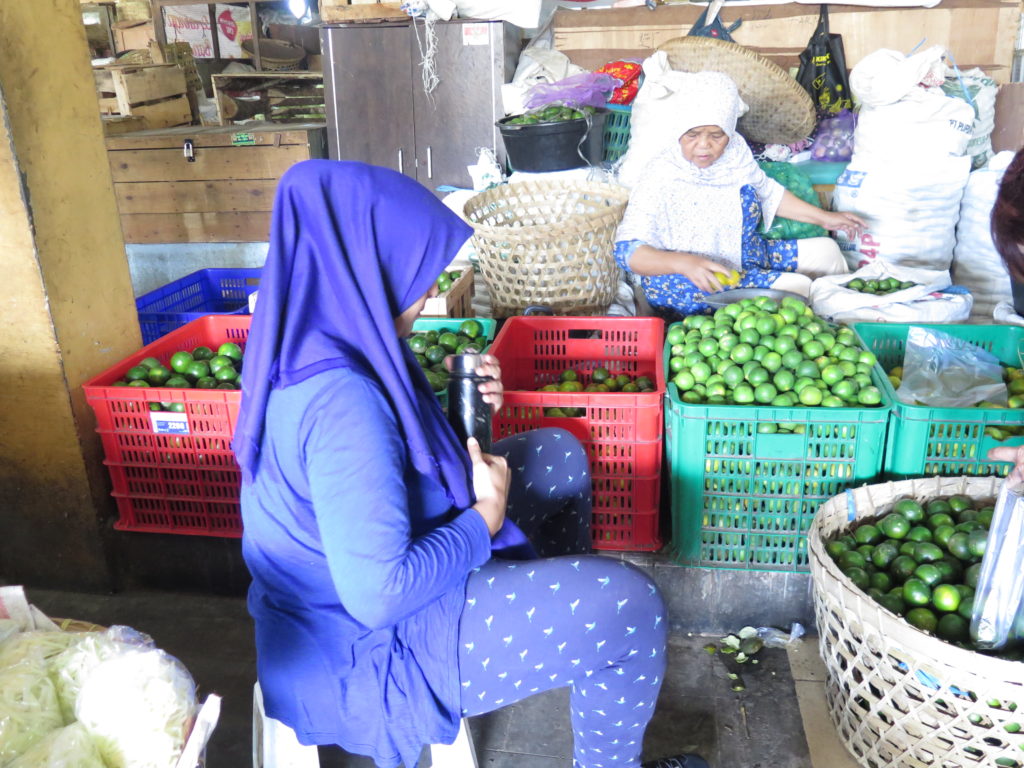Indonesia – Contrasting the Markets
We received some support for an exchange visit with our friends in Yogyakarta – Lifepatch – from the British Council, so we visited for a few weeks in February 2020. Yogyakarta is a smallish – for Indonesia – city of around half a million residents. It’s also home to many students and dozens of Universities. It’s also the only remaining city in the country which still has a royal family, which supported the country’s struggle for independence and consequently gained a special status within Indonesia, which led to increased funding for culture, so it’s art scene is particularly strong, both contemporary and traditional.

We’d wanted to work with our friends at Lifepatch, a ‘citizen’s initiative for art, science and technology’, a collective of artists, technologists, activists, architects and other interested parties who are firmly embedded in Jogja’s scene. We’d visited last year briefly, after meeting Lifepatch artist Ferial Affif in the UK and making an instant connection, so when the British Council opportunity came up, we jumped at it. With our minor obsession for all things relating to markets, we decided that we’d like to investigate Jogja’s markets and contrast and compare with our own, with 2 Lifepatch artists making a return visit to see what Birmingham’s markets have to offer. Obviously they’re quite different.

Beringharjo market is a traditional market, not far from the Malioboro tourist area of the city. One side is more ‘touristy’ with rather overpriced batiks dominating, and often visited by the modest amount of foreign and less modest amount of domestic tourists that visit the city. The other side is much more a traditional market, with cheap fruit, veg, meat and fish, spices and all kinds of dry goods and bits and bobs on offer. I think you can guess which side we concentrated our efforts on.
We noticed that the market is predominantly run by women. Stallholders, hawkers and also the, often elderly, women who carry stuff around for stallholders and customers. Backs bent and weighed down by loads a much younger person might struggle to carry, these women were literally holding the market up and together. Being a place where there is some tourist footfall, as well as a lot of students, the people at the market seemed quite accustomed to having their pictures taken. There not being too many white folk around, we found ourselves frequently appearing in other people’s selfies, too.
We began to think about what we could do in return for the welcome and good humour of these people, something to celebrate them and perhaps to make them feel special. After much debate and conversation between us and Ferial, we decided that, as well as taking photographs, wouldn’t it be nice to give them, too. We talked about ways in which this could be done appropriately, and how we could acknowledge the strength of these people and their contribution to their community. We spent more time at the market, visiting every day at different times as it runs pretty much 24/7, and began to make friends with some of the workers – it was quite unusual to see Western people turning up every day, and we became regulars at Tati’s snack stall just outside the market. We came up with a plan.
We would return to some of the people we had met and we would photograph them again. After much debate we decided to ask them if they would write their name on their right hand, and how long they had been working the market on their left, while holding their hands out ‘as if they were going to hug the camera’. In this way they would become more visible, while acknowledging their hard work and length of service. We would then print the images, frame them and return them to the people. Nopal had the bright idea that we could even print them onto t-shirts, an offer we accepted gladly. We went out to ‘gift’ these images back one morning and they were received with much enthusiasm and joy.
Watch out for part 2, when our Indonesian buddies come to Birmingham to work with us in our markets, once the current health crisis is resolved.
Thanks to British Council Connections Through Culture programme for supporting this project.

























